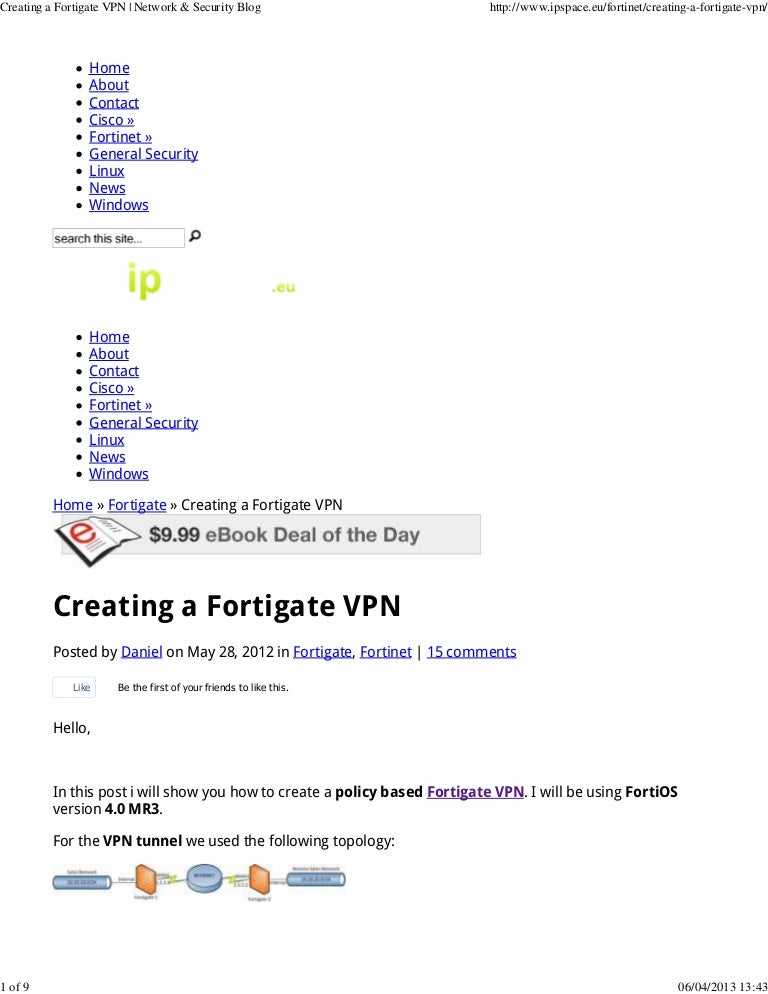


Using the configurations provided in Example 4-1 and Example 4-2, Router_A and Router_B will attempt to form an IKE SA between one another using the topology illustrated in Figure 4-1. The result, in this case, would be an ISAKMP SA proposal mismatch. This process will continue until the initiator has no proposals left to offer the responder. If there are none, the initiator will propose the next highest ISAKMP policy and define its local configuration. The initiator will offer the highest priority proposal, and the responder will search its locally configured ISAKMP policies for a match. Also remember from our discussions in Chapter 2 that ISAKMP policies are listed in order of priority (the lower number being the highest priority). As such, when two VPN endpoints fail to agree upon a usable ISAKMP policy, IPsec SA negotiation cannot initiate, and traffic will continue to flow unencrypted.įigure 2-24 and Figure 2-25 provide a brief description of ISAKMP policy negotiation process in main mode and aggressive mode respectively and the involved configuration on two VPN endpoints. Unless IPsec session keys are manually defined, two crypto endpoints must agree upon an ISAKMP policy to use when negotiating the secure Internet Key Exchange (IKE) channel, or ISAKMP security association (SA). After discussing the nature of each of the above commonly experienced IPsec VPN configuration issues, we will discuss the methods used to effectively diagnose and remedy these issues. In this section, we will discuss configuration issues presented when one or more IPsec VPN gateways are configured incorrectly. There are many parameters and features to understand when deploying IPsec VPNs.

Show crypto engine connections dropped-packetĬommon Configuration Issues with IPsec VPNs A subset of the commands we will discuss to address these issues includes: We will examine common errors in these steps through execution of the following debugging commands within IOS:Īdditionally, we will explore several show commands necessary to uncover common errors and performance issues related to the negotiate of IPsec VPN tunnels, including fragmentation/maximum transmission unit (MTU) issues, quality of service (QoS) issues, Network Address Translation (NAT) issues, and issues relating to recursive routing. As we've discussed, there are detailed steps that occur during the formation of Internet Security Association and Key Management Protocol (ISAKMP) and IPsec negotiation between two IPsec VPN endpoints. Throughout the course of this chapter, we will use variations of these two command sets to diagnose issues commonly found within Cisco IOS. The most commonly used categories of diagnostic tools used within Cisco IOS are show and debug commands.


 0 kommentar(er)
0 kommentar(er)
